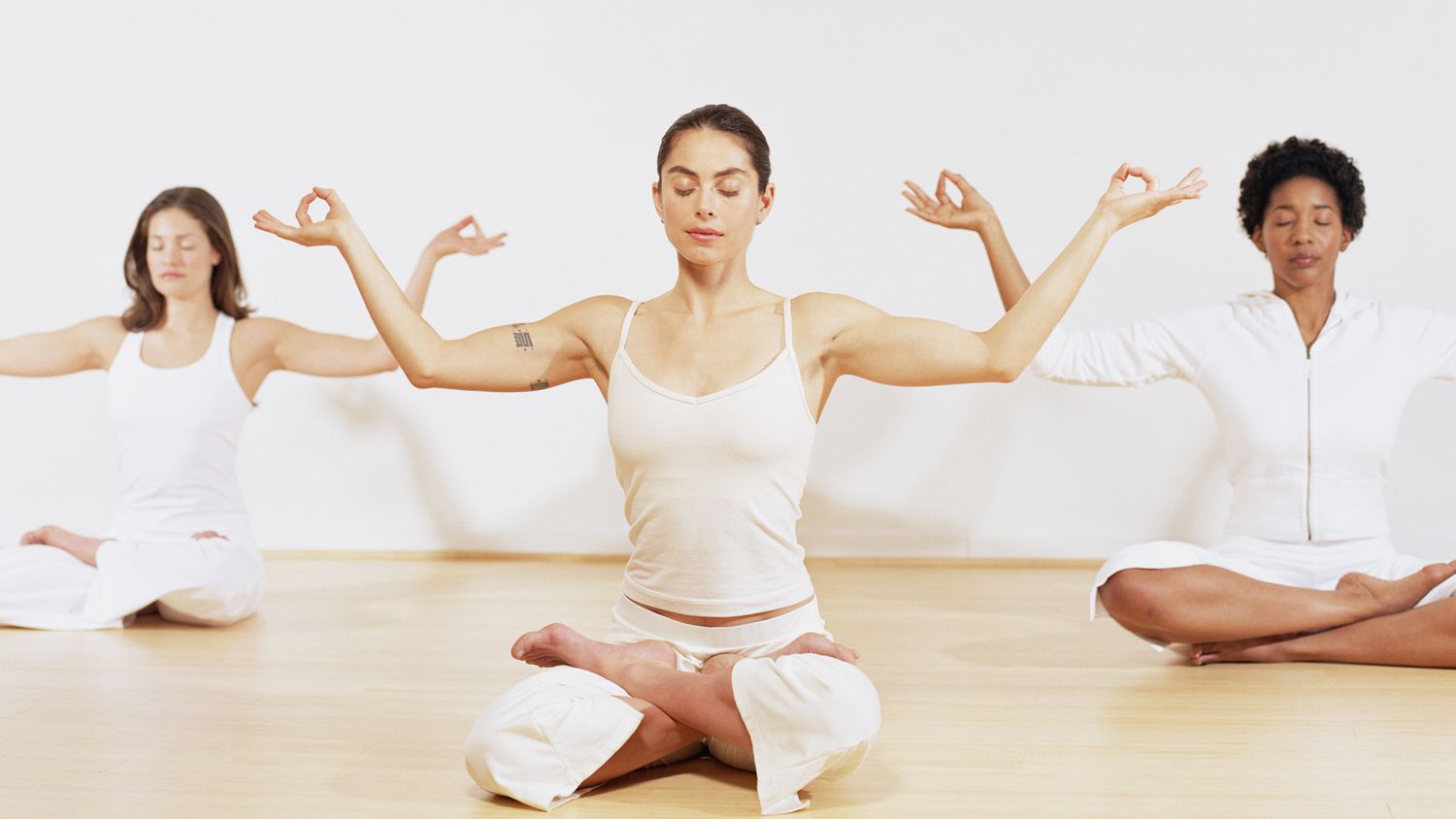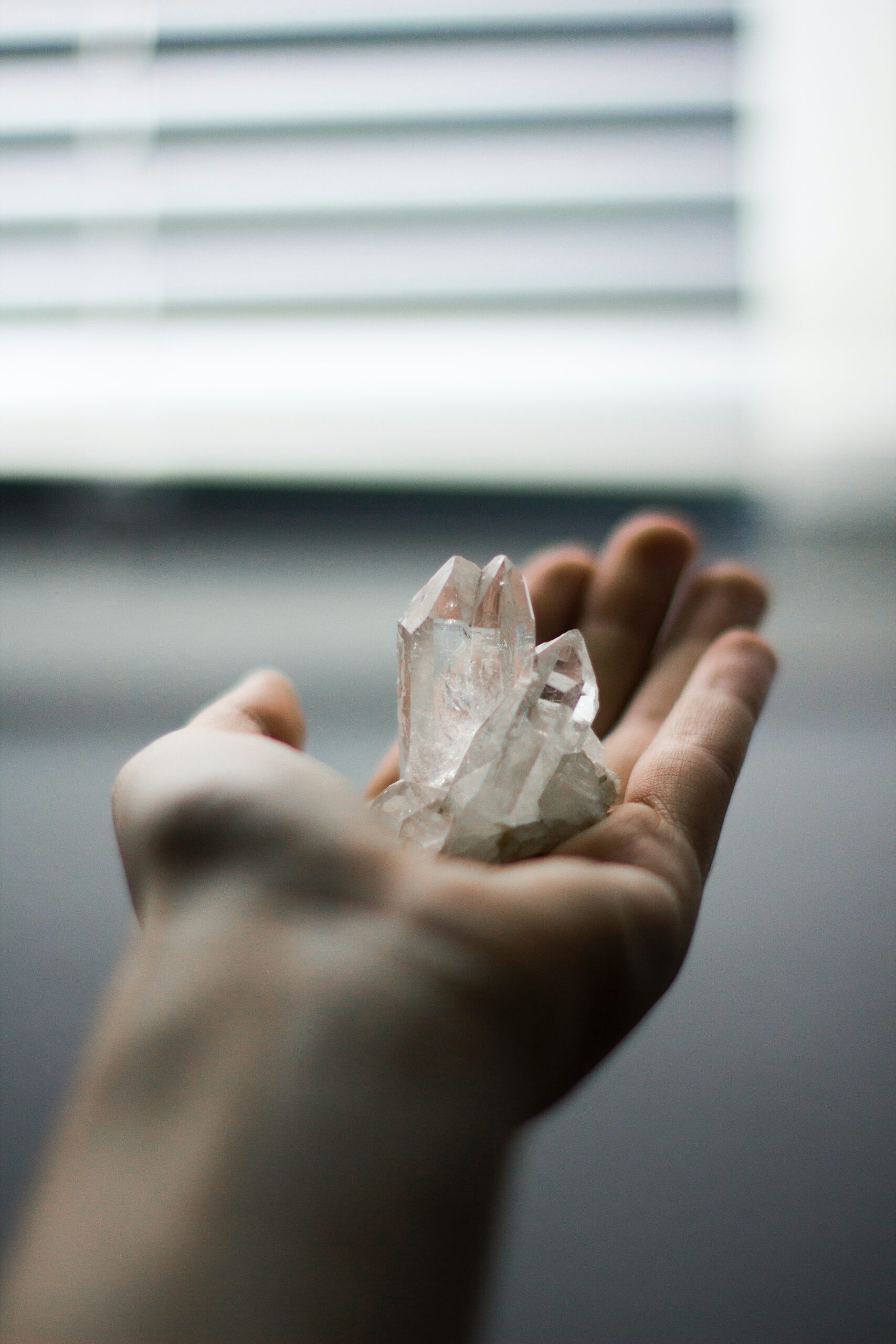It is a type of complementary therapy that promotes the body’s natural healing ability. Its practitioners channel spiritual energy healing through light touch to relieve stress and pain. Reiki healing can help reduce blood pressure, improve mood, and ease anxiety.
Unlike conventional medical treatments, energy healing is intended to be used alongside other therapies. In some studies, reiki recipients reported significant stress, pain, and sleep reductions. But more research is needed to determine the full benefits of this treatment.
The National Center for Complementary and Integrative Health reviewed studies that looked at the effects of reiki on health. While many studies found no evidence of specific health benefits, they did report that Reiki can improve the body’s ability to relax.
The autonomic nervous system regulates breathing, digestion, and heart rate. When the system is overloaded, it becomes hyperactive and can cause symptoms such as high blood pressure. During reiki healing sessions, the practitioner can move the nervous system to the parasympathetic or resting state.
Some people report feeling warm, tingling, or relaxed while receiving reiki. It is due to the gentle touch of the reiki practitioner’s hands. Many reiki practitioners believe that the energy they create can heal the entire body. They also think their hands are channels that can direct the universal life force energy.
One technique is called Hatsurei-ho. It is one of the earliest forms of Reiki. It was taught by Usui, who died in 1926. Compared to modern Reiki techniques, the Hatsurei-ho is a more straightforward approach.
Which conditions respond to reiki healing?
Reiki healing is a holistic and non-invasive treatment that helps the body’s energy system function better. It also improves self-esteem and reduces pain and anxiety.
It has been used in hospital settings and by some healthcare professionals to help relieve stress and pain. In addition, it can be effective in treating old injuries. However, it could improve the quality of research.
Reiki healing does not appear to manage the pain associated with fibromyalgia effectively. There is no evidence that it works to improve other pain conditions. Besides, long-term states often require ongoing treatments.
It can reduce stress and pain in people with chronic illnesses like diabetes and cancer. It has also been more effective than a placebo in easing depression.
Its benefits include helping the body’s autonomic nervous system move from sympathetic to parasympathetic. It can lead to an improvement in heart rate, breathing, and blood pressure.
Aside from its health benefits, it can help people cope with the stresses and traumas of life. Therapists say that clients feel energized and relaxed after sessions.
For instance, it may increase heart rate variability, a measure of the nervous system’s response to stress. The sympathetic nervous system increases the heart rate and prepares the body for danger. On the other hand, the parasympathetic nervous system, which is mediated by the vagus nerve, helps the body return to a balanced state.
Another study showed that Reiki is more effective than calming music for lowering resting heart rates. It effects on vital signs also remained after five sessions.
What should I do before my reiki session?
Aside from locating a practitioner, it would help if you also did some pre-session preparation. You were taking the time to prepare your body before your session can make it easier for you to relax.
Be sure to drink plenty of water before your session. It will help you to clear your mind and make you feel energized. Remember to wear comfortable clothing. The right clothes can make a difference in how relaxed your session is.
Before your session, you should also take some time to reflect. Make a list of goals or intentions for your session. Communicate your choice at the start of your session or the end.
During your session, you should also enjoy quiet time. Some reiki practitioners recommend twenty minutes of peaceful time to allow the energy to dissipate. Stay in the same position during your session for at least fifteen to thirty minutes. It will give you and your reiki practitioner plenty of time to send and receive energy to the entire body.
Another critical piece of advice is to let your reiki practitioner know if you need privacy. Your reiki practitioner will probably ask you to remove your shoes and jewelry.
How to prepare for a reiki session?
Reiki is an energy healing practice that can be an excellent way to relax and heal. It works by shifting the body’s stress response from a fight-or-flight state to a more restful state. It can be beneficial in many ways, including reducing anxiety and improving sleep.
To prepare for a reiki session, set aside some time. Typically, you will need to spend about thirty minutes before and after the session to ensure that you are completely relaxed.
Before a reiki healing session, creating a quiet and comfortable space is essential. You can set up a particular room for the session or relax in a comfy chair. It is essential to pay close attention to the physical and mental sensations you are feeling.
If you feel any discomfort, ask the practitioner to help you. They can do this by placing their hands behind your head. During the reiki session, you may experience warm, comforting, or pulsing energy from the practitioner’s hands.
It would help if you remained in the same spot for about fifteen to twenty minutes during your reiki session. It would help if you focused on sending energy throughout your body and breathing deeply.
After the session, you should drink a glass of water. Drinking enough water can help you to stay hydrated and clear your energy. The practitioner may also want to play soothing music to help you unwind.
What to expect at my first reiki healing session?
It is an ancient Japanese healing technique that is soothing and can improve your overall health. Reiki healing can help you alleviate stress, boost your immune system, calm your mind, and even reduce chronic migraines.
You can receive reiki while you are awake or asleep. A typical session lasts between thirty minutes and an hour. During a reiki session, your practitioner may play soft ambient music in the background or adjust the temperature and sensations of your body. You may also be asked to lie down on a treatment bed.
The most important thing to remember during a reiki session is to relax. If you are new to this form of energy therapy, try a shorter session. You should also plan. Before your first session, ensure you have a comfortable place to sit. Try to stay away from loud noises and distracting distractions.
Afterward, it would help if you took care to drink a lot of water. It will help your body flush out the stress hormones often produced during a reiki session. Although reiki does have a soothing effect on the body, it’s not a substitute for medical treatment. You should always consult your doctor before starting any alternative therapy.
A clear idea of the type of reiki you’re receiving is essential. For instance, consider choosing a crystal to place on your body. A reiki session can also be an excellent time to check in with your inner compass. It will be an opportunity to reflect on your life and the things you want to change.
Is there anyone who should avoid reiki healing?
It is a non-invasive, non-drug treatment for a wide range of conditions. It is similar to energy therapy and acupuncture. The goal is to reduce stress, enhance healing, and enhance emotional and physical well-being.
Many people, including doctors and other medical professionals, use reiki. It is safe and has no adverse side effects. However, it is essential to understand that it is not a substitute for conventional medical treatment.
Reiki healing is a gentle, non-invasive therapy that promotes emotional and physical healing. Practitioners place their hands lightly over the body, just above a wound or an injury, and gently guide the flow of energy in the body. Some practitioners also play soft music to help relax the patient.
It is a practice that was developed in Japan in the 1920s by Mikao Usui. It is also known as Usui Shiki Ryoho or the universal life energy.
Studies have shown that reiki shifts the body’s response to stress. During the “fight-or-flight” mode, the brain releases stress hormones. Those hormones can be damaging, so reiki healing turns the body’s stress response into a more restful state.
It may even have benefits for patients who have cancer. In a study of 100 cancer patients, reiki improved their quality of life. They reported less pain, anxiety, and fatigue.
You can also use reiki to alleviate physical symptoms such as blood pressure, stress, and sleep problems. If you want a Reiki healing session, speak with your physician.








